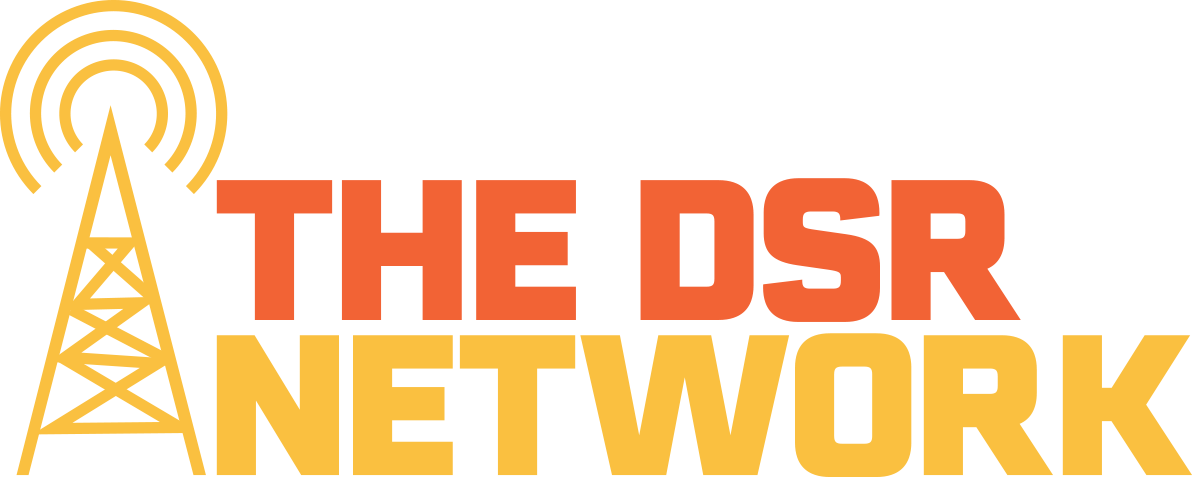The Best Case Scenario At The UN: An Ambassador of Stagecraft

On Friday, President Trump nominated Ambassador Kelly Knight Craft to become the U.S. Ambassador to the United Nations. In the run up to the announcement, speculation was swirling about the potential nominee, but much of the back-and-forth missed a critical underlying question. What makes a successful tenure at the UN during the Trump administration?
I served at the United Nations during the George W. Bush administration for U.S. Ambassadors that included Negroponte, Danforth, Patterson and Bolton. I watched high-level American officials operate in a complicated international context, and it felt like a master class on leadership.
Over time, I noticed a trend among U.S. officials who avoided the pitfalls of bureaucracy: they set their own agenda of achievable goals that furthered our foreign policy without relying on external factors like the UN Security Council calendar.
In the Trump era, some UN watchers have presumed the most we can hope for is an ambassador in the model of Nikki Haley. But that’s a very small sample size, and the next U.S. Ambassador to the UN doesn’t need to be Haley 2.0. Following in the footsteps of her “give-and-take diplomacy” is a good starting point, but Craft should also rely on the principle that worked in the past and set specific policy goals to support the rules-based international order.
The key to success will be to combine agenda-setting with carefully managed stagecraft that highlights an international issue without upstaging the White House throne.
Unlike the path taken by other politicians and government officials, the spotlight shouldn’t be used for obsequiousness. Theatrics for the sake of theatrics isn’t the solution either. But adding a bit of stagecraft to good policy is our best case scenario.
Looking back in the archives of U.S. Ambassadors to the UN, there’s an example worth re-examining.
It starts with an unexpected protagonist. Jack Danforth is often under-reported in UN stories, since he only served as ambassador for six months. Previously, he was the President’s Special Envoy to Sudan during a time when peace in the region became a U.S. policy priority.
When Danforth arrived at the UN in 2004, it coincided with developments in Sudan on a long-awaited peace agreement between the government and the rebels to end a decades-long civil war. The parties were close to finalizing the Comprehensive Peace Agreement (CPA), but a solution to bring both sides to the table to close the deal remained just out of reach.
Danforth set his own agenda when he saw a stalemate in Sudan, and he decided not to sit on the sidelines. He found a way to help from his position at the United Nations. The presidency of the UN Security Council rotates each month among its members, and as the U.S. presidency approached in November 2004, Danforth made an announcement.
The U.S. would host a Security Council meeting in Nairobi to bring together the parties in Sudan and move them to finalize the CPA.
The hurdles were immense, from convincing the other Security Council members to attend to logistics and security once they were on board. After all, there was little precedent for the idea, since the Security Council had only met outside New York on three other occasions since its headquarters opened in 1952.
But Danforth made it happen. He leveraged his resources and asked the White House to provide a plane to fly Security Council ambassadors to Kenya for a special session.
The meeting was a moment of stagecraft because it provided a photo op of warring parties coming together with a handshake, but it also had the intended effect and increased pressure to reach an agreement.
And it worked. Just a few months later, Danforth and I flew back to Nairobi for the signing of the peace deal. (Today, the situation in Sudan and South Sudan has not unfolded as anyone had hoped, and that’s another conversation worth having about the impact of decades of U.S. policy toward the region.)
America needs an ambassador at the UN who understands the delicate balance of stagecraft that highlights policy priorities without drawing attention away from the White House. And it should go without saying, but the Senate confirmation process must ensure Craft sees the UN as a necessary forum to support the international order (granted, this is a complicated task in the current administration).
Craft should juggle the spotlight with the necessity of working together with other countries — under the radar, if needed — to further the interests of the United States and fulfill the mission of the UN charter to “save succeeding generations from the scourge of war…reaffirm faith in fundamental human rights…and promote social progress and better standards of life in larger freedom.”
If a few photo ops are the trade-off for increased freedom around the world, that’s a deal I’m willing to make.
Jana Chapman Gates is a strategic communications consultant who previously served in the George W. Bush administration, managing diplomatic negotiations and public outreach.

